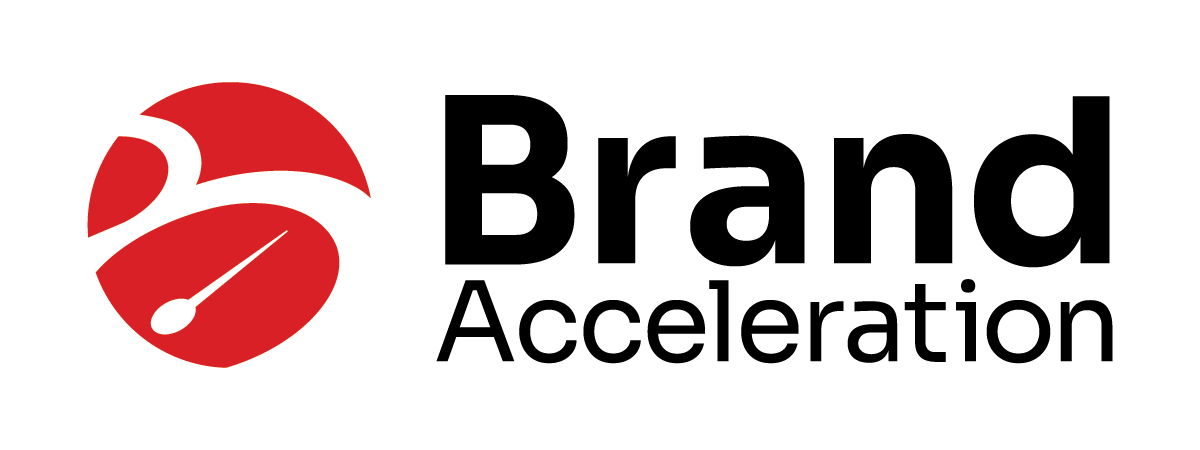It seems that on every social media discussion these days, there is an article about community branding. What is a brand? Is it worth investing in a branding effort? What is the return on investment?
Back in the days of open-range cattle grazing, it was essential for ranchers brand their cattle with a hot iron in order to identify their cattle during a roundup where many ranches were represented. Over the years, and through care and meticulous breeding, some of the ranches established reputations for producing the best beef cattle. Buyers knew that certain ranches (brands) produced better steaks than others.
Just as beef cattle buyers knew one brand from another, they also knew that cattle without a brand were questionable. They had no idea who the real owner was or the quality of the beef they were buying. As a result, it was difficult to sell an unmarked steer. Non-branded steers brought a much lower price at auction.
What is a brand?
Even in the early days of cattle branding, it was common knowledge that the brand was much more than a mark on the hide of a steer; it carried with it the promise of the rancher and the trust of the buyer. It represented a sense of quality and dependability. Some brands were known for their outstanding attributes while others carried a stigma of poor quality. As you can see, your logo, or mark, is not your brand, but a visual reminder of the promise that comes with it.
Why all the discussion about community branding?
I often get calls from economic developers wanting “a new brand.” While I know they are usually talking about a new logo, I have to be mindful of the fact that a new logo has to be the visual representative of the community’s reputation (brand), which already exists. Our job, as marketing communications professionals, is to discover the true meaning behind a community’s brand and then craft images and messages that will effectively communicate a positive and believable message.
Lately, there has been considerable discussion in the economic development industry about the practice of brand development or “rebranding”, a term I seriously dislike. Just as altering the mark on the back side of a scrawny steer won’t turn it into a prime beef steer, a new logo or slogan on a community web site won’t make it a desirable place to do business or raise a family. One of my former employers said it best when he’d say “You can’t shine sh*t.” A dysfunctional community with crumbling streets and lousy schools cannot be fixed with the simple application of a shiny new logo. Site selectors are smart professionals who will see right through such bull (pun intended).
Brand discovery
The first, and probably most important, step toward a successful branding effort is to find out what your brand presently represents. I’m not talking about what you and everyone else in town thinks. I’m talking about what outsiders think, as well. If site selectors, real estate professionals, and c-suite executives disagree with what you and your local constituents believe, then your messaging effort is doomed to fail.
By collecting the opinions of outsiders, you might find that your community’s reputation (brand) is completely different than you thought. For example, someone from New York City might believe that the entire State of Illinois is just like Chicago, just as he or she might assume that everyone in Florida lives by the beach, sipping orange juice. It’s also entirely possible that your community is completely unknown to outsiders, meaning it has no brand at all. This could be good or bad, depending on how you look at it.
Rolling the dice on a new brand
A few years ago, Las Vegas, Nevada, known for gaming, show girls, and a long history of organized crime, attempted to change its image by promoting the city as a family-friendly place to visit. It ran ads including images of smiling children and roller coasters. The problem was that no one believed that about Vegas. After a valiant effort, the campaign was scrapped for the more appropriate “What happens in Vegas, stays in Vegas” campaign. Here’s their latest ad. The lesson they learned was You’ve gotta be who you are.
Change takes time and money
I’ve seen community leaders pay dearly for a new logo and a few street signs, just to discover later that nothing about the area’s reputation has changed in the slightest. Most of these branding efforts fall short of the real work that is required. The problem, often, is that they don’t commit the time and budget required to affect real change. Companies like Nike, Geico, McDonalds, and Walmart ate household names because they invest in media campaigns and repeatedly tell their stories. A community that fails to tell its story to carefully-selected audiences is doomed to remain unknown. A new logo without ongoing marketing communications support is nothing more than expensive art.
What’s a community to do?
Community branding is tricky business. My best advice is to approach the idea of a branding effort very carefully. Don’t fall for the suggestion that a new logo will perform miracles. It won’t. Before moving forward with such an investment in time and money, consider the value of a longer-term, holistic approach; one that you will support with a promotional effort to tell your story.
If you don’t fully understand what a branding campaign will do for your community, slow down and ask a lot of questions. If you’d like to know more, please feel free to contact me. I’ll gladly give you the questions, and my answers.
I’d love to hear from you. Feel free to share your thoughts and personal experiences below.
